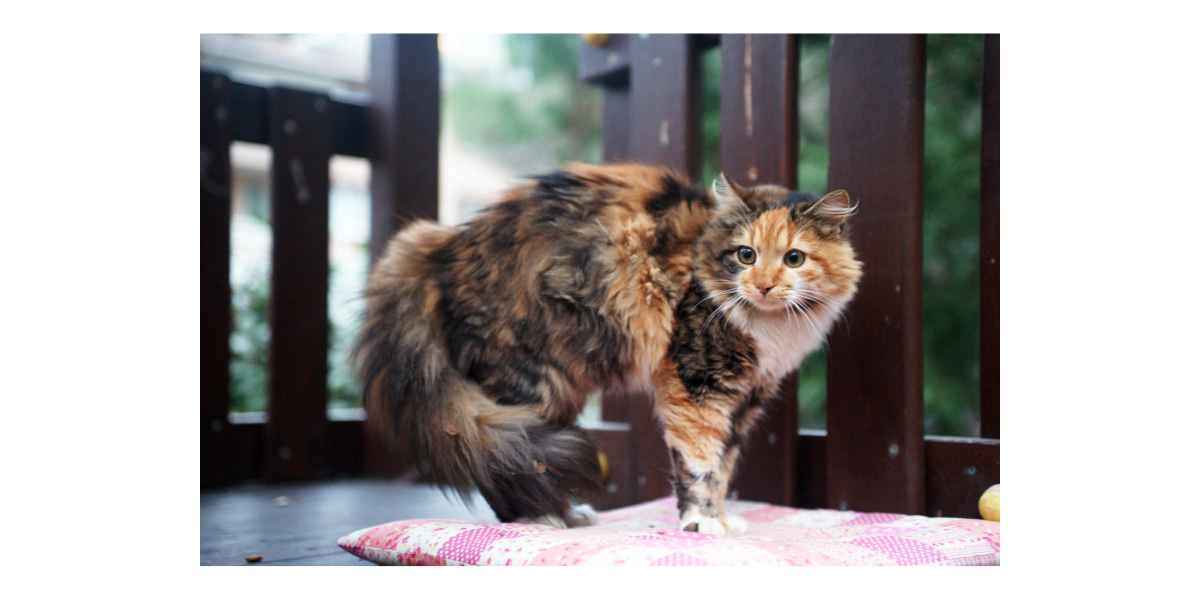
Brought to you by our partners at

Just like their people, cats and dogs can suffer from anxiety. In fact, many unwanted behaviors like destructive chewing and scratching, potty accidents, whining, and barking stem from anxiety and stress. Whether your pet struggles to cope with loud noises, spending time alone, or adjusting to changes in your household or routine, you can help them feel better with these five proven anxiety cures.
1. Play mood-setting music. You can turn up some tunes to drown out scary noises like thunder or fireworks. Or, you can turn on your pet’s playlist to keep them company when they’re home alone. There are even research studies showing the effects of different genres on our pets. Classical music seems to soothe pets with its calming notes, but surprisingly, a University of Glasgow study suggests that soft rock and reggae work even better. It could be because the heavy bass reminds them of their mother’s heartbeat when they were still with their littermates.
2. Play the stress away. Both dogs and cats benefit from playtime as a way to burn off anxious energy, socialize, and bond with you. Playing with your pet during potentially stressful situations – if they’re up to it – is a clear way to communicate that it’s safe for them to relax and unwind.
3. Surround your pet with calming aromas. Your dog’s favorite smell, above all else, is yours. When your dog catches a whiff of your unique aroma, they get a rush of endorphins, just like you would when you get a big hug. You can leave an unwashed t-shirt in your dog’s bed when you’re away so they will be comforted by your scent when they’re experiencing separation anxiety. Both cats and dogs also respond to pheromone-based scents like Adaptil and Feliway, which simulate the scents that a mama dog or cat releases to calm her babies.
4. Put that anxious mind to work. Sometimes, pets spend their days on high alert because they feel it’s their job to warn you of (nonexistent) danger. Occupy them with a game like hide-and-seek or a treat scavenger hunt, a puzzle toy, or another mind-bending challenge, and they may feel less inclined to get worked up. Mental stimulation can be just as tiring as physical exercise. Plus, it may aid the brain’s neuroplasticity, making your pet more adaptive to change and more responsive to training to reduce anxiety-based behaviors.
5. Give unlimited hugs and pets. Contrary to popular belief, petting your dog or cat when they’re anxious does not reinforce fearful reactions. Comforting your pet lowers their stress response, allowing them to process anxiety-inducing stimuli, which is impossible when they’re feeling overwhelmed. You can even apply gentle pressure to acupressure points that relieve stress. Try massaging your cat or dog around the base of their ears, an area that’s full of nerve endings that can release calming endorphins when stroked.
Keep in mind, though, that these techniques might only scratch the surface if your pet has a severe issue. Discuss behavioral issues with your pet’s second best friend – their vet! – who can help you explore other options like medications or a referral to a veterinary behaviorist. When it comes to anxiety, it’s okay to ask for help!